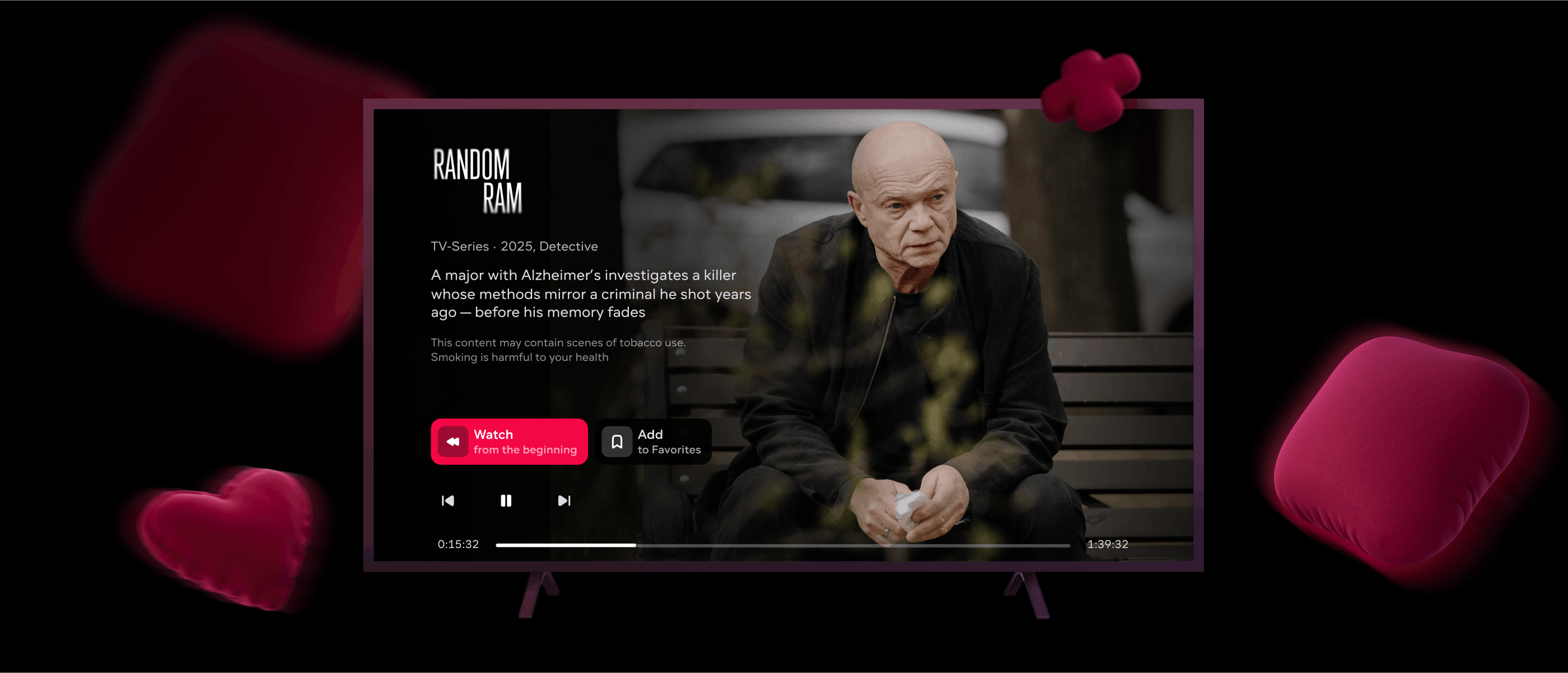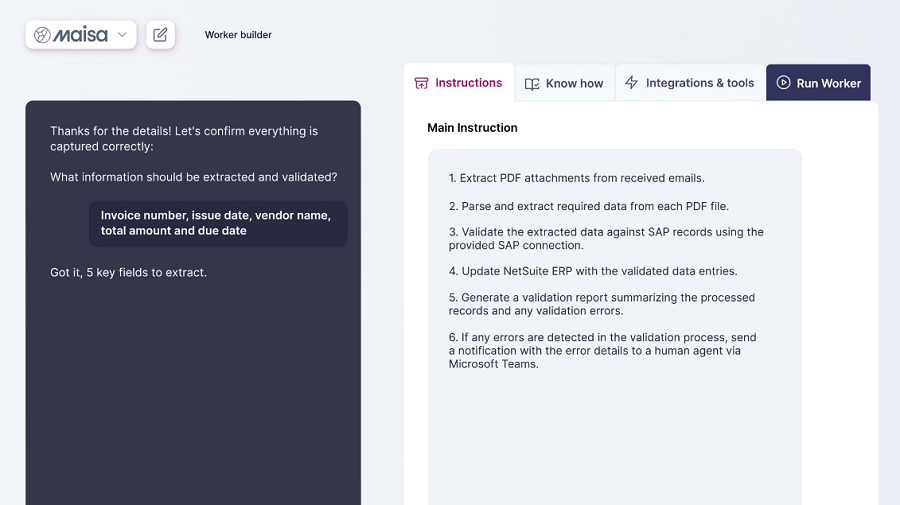Wes Reisz, a technical principal and the conference chair for the upcoming QCon.Ai software conference, recently spoke at InfoQ Dev Summit Boston about a program he led using AI during QCon London 2025. The takeaways of his talk were:
- Build the Right Thing—Leveraging Lean Thinking with AI. No amount of AI or automation will help if you’re not solving the right problem. Combining lean thinking with rapid AI prototyping helps validate understanding and iterate quickly towards an MVP.
- Embrace Change. The pace of innovation in AI is so fast that you have to continually learn, or you’ll be left behind.
- Human Connection Remains Essential. Even with powerful AI tools that can surface information, people still value talking with each other most. Human-to-human interaction, collaboration, and judgment remain at the heart of how we learn and solve complex problems (even in an AI-driven world).
Embracing the idea of lean experimentation, QCon has a history of running a variety of experiments at each event. At QCon London 2025, an experiment was created around a certification program influenced by AI, Reisz said:
A certification program was never possible because at a QCon, five concurrent tracks are running, 75 particular talks that are happening, so you’d have to have somebody cover every single one of those, bring it all together to be able to do some form of certification. Artificial Intelligence (AI) gave us the option to do this.
The project embraced lean thinking and started with a series of low-fidelity experiments to ensure there was demand and need. The first cohort was limited to 30 people and has since been expanded at QCon San Francisco this year. The program, called the InfoQ Certified Software Architect in Emerging Technologies (or ICSAET), included special events during the conference, a pre-conference breakfast where participants could learn about upcoming activities, and an AI-driven workshop immediately following the conference.
In the workshop, Reisz, aided by a Retrieval Augmented Generation (RAG) solution built specifically for the event, discussed the key trends across multiple dimensions that happened during the event and were important for architects. RAG is a method in AI and natural language processing where a large language model (like GPT-4 Turbo) is “augmented” with the ability to search and pull in external data sources (such as documents, databases, or the web) at generation time.
At QCon London, there were 75 different talks that happened (running 5 concurrently). The solution needed to pull each of these videos into a vector database in near real-time. Once embedded and stored, Reisz could prompt the system and create the workshop using the full material from the event. Additionally, attendees in collaborate sessions could use the system from mobile device to ask their own targeted questions like:
What were Matthew Clark’s key takeaways in his architecture talk on leading scaling today and shaping tomorrow> …or what were the key trends in platform engineering across the event?
To develop the system, Reisz started with designing the architecture using a whiteboard session and then iterated with an LLM. With a technical vision in place, he used the LLM to develop a Product Requirements Document (PRD), created technical requirements, and established guardrails all in an iterative fashion. He then used an LLM to break the specification down into small individual features to be implemented, leveraging Supervised Agents.
95% of the code (IaC, Tests, and serverless functions using Python) for the system was generated using Cursor and Claude 3.7 Sonnet. He wrote the remaining 5% code:
Sometimes the LLM was creating stuff and not doing exactly what I asked. I’m not proud of it, but I might have had a little breakdown with Claude going into doom loops when I got away from the one-shot prompting. So, in those situations, I wrote it myself.
The system was used to create the workshop immediately following the conference. The workshop started with a one-hour interactive discussion about the conference key themes, like architecture, people and practices, and emerging trends. From that, the cohort did an open space where attendees used a bottom-up approach to discuss their ideas and problems, and finally pick the topics that people wanted to focus on, Reisz said. They broke down into open spaces with four groups around these different topics, did key observations with executive summaries, trends, and action plans, and ended the day with wrap-ups.
One interesting observation from Reisz, despite participants having a tool that had all of the conference sessions in their hands, people preferred talking to each other. The pace of AI is incredible, but at the end of the day, we prefer individual interactions over processes and tools. Even in a world of AI, this remains true, Reisz concluded.
InfoQ interviewed Wes Reisz about his experiment.
InfoQ: What technology did you use to create the AI solution?
Wes Reisz: To create the solution, I used Cursor and Claude Sonnet 3.7 using a one-shot prompt approach.
With one-shot prompting, I iterated on the prompt I wanted to use to create the code. I used metaprompting to guide or control how the AI language model responded by giving it instructions about its behavior, reasoning, or formatting. Then I attempted to get as close as possible to the finished feature from that single prompt.
I used AWS services (Transcribe, S3, Lambda Serverless Step Functions, Secrets Manager, KMS, and API Gateway). The entire solution used GitHub Actions for continuous integration/continuous delivery and Terraform for Infrastructure as Code.
InfoQ: How did you ensure the quality of what was generated using AI?
Reisz: I focused on functionality using unit, integration, and end-to-end tests throughout the process. During development, I moved much too quickly in this project to do the amount of code review I might do in a larger project; however, each feature was individually reviewed via a PR process before merging and running my test suite.
InfoQ: What were the main lessons learned from this experiment?
Reisz: No amount of AI will help if you’re building the wrong thing. Using approaches like lean thinking to make sure you’re building the right thing.
I found the quality of the generated code to be not up to the level I would expect. However, it is as bad as it will ever be, which means we’re only going up from here.
Embrace change… AI is fundamentally changing how we think about the systems we create. If you haven’t started yet, you need to embrace change.










